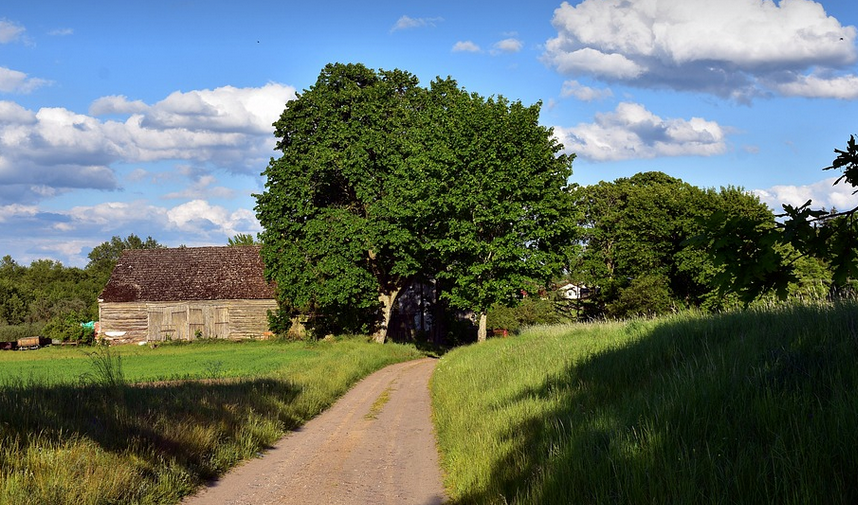Save the Feast, Freeze it Right
Having a Thanksgiving or Christmas feast? You just might have yourself a mountain of prime rib leftovers. Don’t worry, we’re here to help you conquer this culinary challenge and turn those leftover slices into delicious future meals. Freezing your prime rib is a smart move, allowing you to enjoy the succulent flavors throughout the year.
When it comes to maximizing flavor and freshness when freezing prime rib leftovers, there’s a specific method that takes center stage: proper storage. We’re diving deep into this world of frozen feasts.
Why Freeze Prime Rib?
Freezing is the ultimate answer for preserving prime rib leftovers. It helps you combat spoilage and maintain quality during those “oh-so-convenient” times when your fridge has too many treasures vying for space.
Imagine this: You crave a delicious prime rib sandwich or a cozy dinner, but you just don’t have the ingredients on hand. Fear not! Your frozen prime rib can be your trusty companion to craft those culinary delights.
The Key to Freezing Prime Rib
Here’s the secret sauce: proper freezing techniques are the cornerstone of success. Let’s break down how to do this like a pro:
1. **Wrap it Up:** Begin by wrapping your prime rib leftovers tightly with plastic wrap, ensuring every inch is covered. Think of this as creating an airtight seal that prevents freezer burn.
2. **Vacuum Seal:** For ultimate protection against freezer burn and optimal freshness, investing in a vacuum sealer is highly recommended. This technique creates an even tighter seal than plastic wrap alone. You’ll be amazed at the difference!
Freezing for Maximum Preservation
With your prime rib safely wrapped or sealed, let’s take a deep dive into freezer organization:
1. **Freezing Time:** The general rule of thumb is to freeze prime rib within 2-3 days of cooking. This ensures that the flavors remain at their peak and prevents any unwanted degradation.
2. **Use a Dedicated Freezer Space:** It’s often a good idea to designate a specific area in your freezer for storing your frozen prime rib. Labeling it with a clear marker will save you time and frustration when looking for those leftovers later on.
Thaw It Right
After thawing, ensure proper reheating methods are followed, as improper defrosting may impact the quality of the meat:
1. **Refrigerator Thawing:** The most recommended method for thawing is in the refrigerator. Allow ample time – usually 24 hours per 5 pounds of prime rib. It’s a slow and steady approach, but it guarantees a safe and even thaw.
2. **Cold Water Thawing:** Another viable option is to submerge your thawed meat in cold water for a few hours each time you plan to use the leftovers. This method provides quick thawing while maintaining consistent temperatures.
Reheating Prime Rib Leftovers
For those leftover slices that need a little extra love, here are some reheating suggestions:
1. **Oven:** Preheat your oven to 350 degrees Fahrenheit (175 degrees Celsius) and place the wrapped prime rib on a baking sheet. Bake for about 20-30 minutes until heated through and piping hot.
2. **Microwaving:** For a faster option, microwave your leftover slices in intervals of 1-2 minutes, being sure to check for doneness and remove any excess moisture with a paper towel before serving.
From Leftovers to New Culinary Creations
Now that you have successfully frozen your prime rib, it’s time to unleash your inner chef! Here are some creative ideas:
1. **Sandwiches:** A classic that never disappoints. Pile on some yummy cheeses and fresh veggies for a satisfying meal.
2. **Prime Rib Bowls:** A hearty and flavorful option, prime rib can be the star of your bowl! Serve it with rice, quinoa or even roasted vegetables.
3. **Soups & Stews:** Turn leftover prime rib into a flavorful soup or stew! The meat adds richness and depth to any dish.
Final Thoughts: Preserving the Flavors
Freezing prime rib leftovers isn’t merely about preserving food; it’s about creating culinary joy throughout the year. It offers a chance to savor those flavorful slices again, whenever the urge strikes!
We hope this comprehensive guide has equipped you with the knowledge and confidence to conquer your next prime rib surplus! Enjoy!
